Obtaining a diagnosis is crucial for those affected by a genetic disease: it means giving a name to their disease, offering the possibility of accessing the available information, either through the international scientific literature or through the experience of other families, and to improve the care and management of both everyday life and emergency situations.
Diagnosing a disease at the molecular level also allows obtaining biological and genetic information, paving the way to targeted genetic counselling, both concerning the possibility of a recurrence of the disease in any new children, and in brothers/sisters or other relatives.
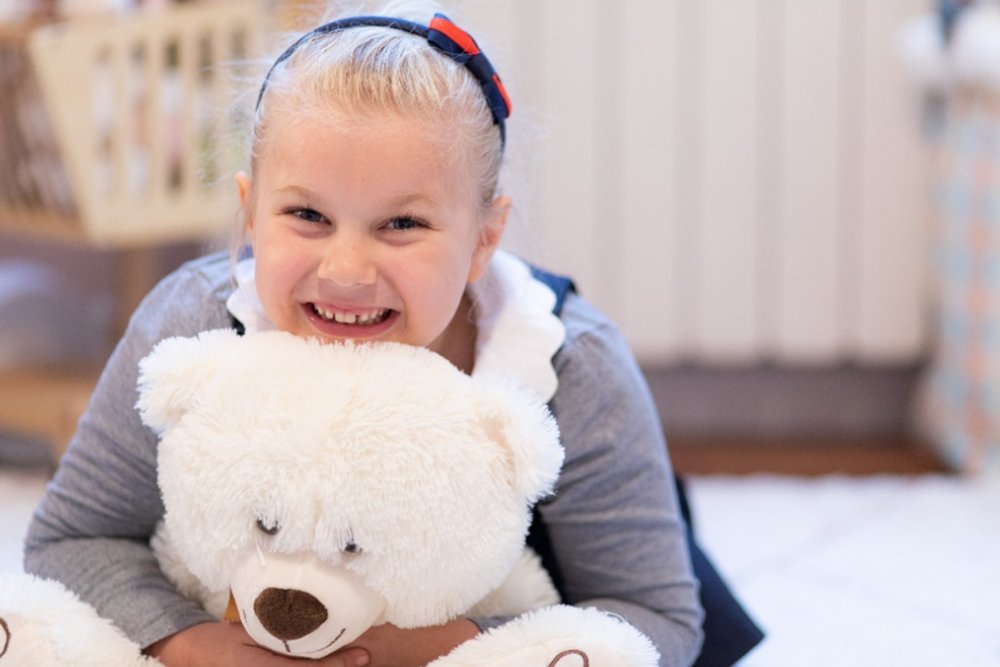
Programme snapshot
Despite the numerous efforts of the medical and scientific community and advances in DNA analysis, there are still thousands of very rare genetic diseases with unknown causes or that remain undiagnosed.
In order to provide an answer to undiagnosed patients, mainly in childhood, and to begin to fill this need, the Telethon Foundation has devised a unique programme in Italy coordinated by the Telethon Institute of Genetics and Medicine (Tigem) in Pozzuoli (NA) and launched in 2016: the Telethon Undiagnosed Diseases Programme (TUDP).
For the three-year period 2024-2026, the programme aims to involve around 500 new families, selected by the Network of TUDP Clinical Centres, and to reanalyse around 200 unresolved cases of families that remained undiagnosed between 2016-2023 despite being enrolled in previous phases of the programme.
The TUDP network
The TUDP Clinical Centre Network comprises an increasing number of clinical centres across Italy. Genetic analysis is carried out at Tigem laboratories and at the Azienda Ospedaliera Universitaria - Università degli Studi della Campania Luigi Vanvitelli on samples collected and sent to the laboratories by the clinical centres, upon informed consent of the patient or his/her family members.
The researchers of the undiagnosed diseases programme use cutting-edge technologies such as next-generation sequencing of DNA and RNA (Next Generation Sequencing, or NGS), i.e. whole genome sequencing (WGS) or transcriptome sequencing (RNA-seq). Reanalysis of unsolved cases is performed with advanced bioinformatics tools, or following the availability of more advanced techniques or new genetic and clinical information, also thanks to comparison with data in other international databases.
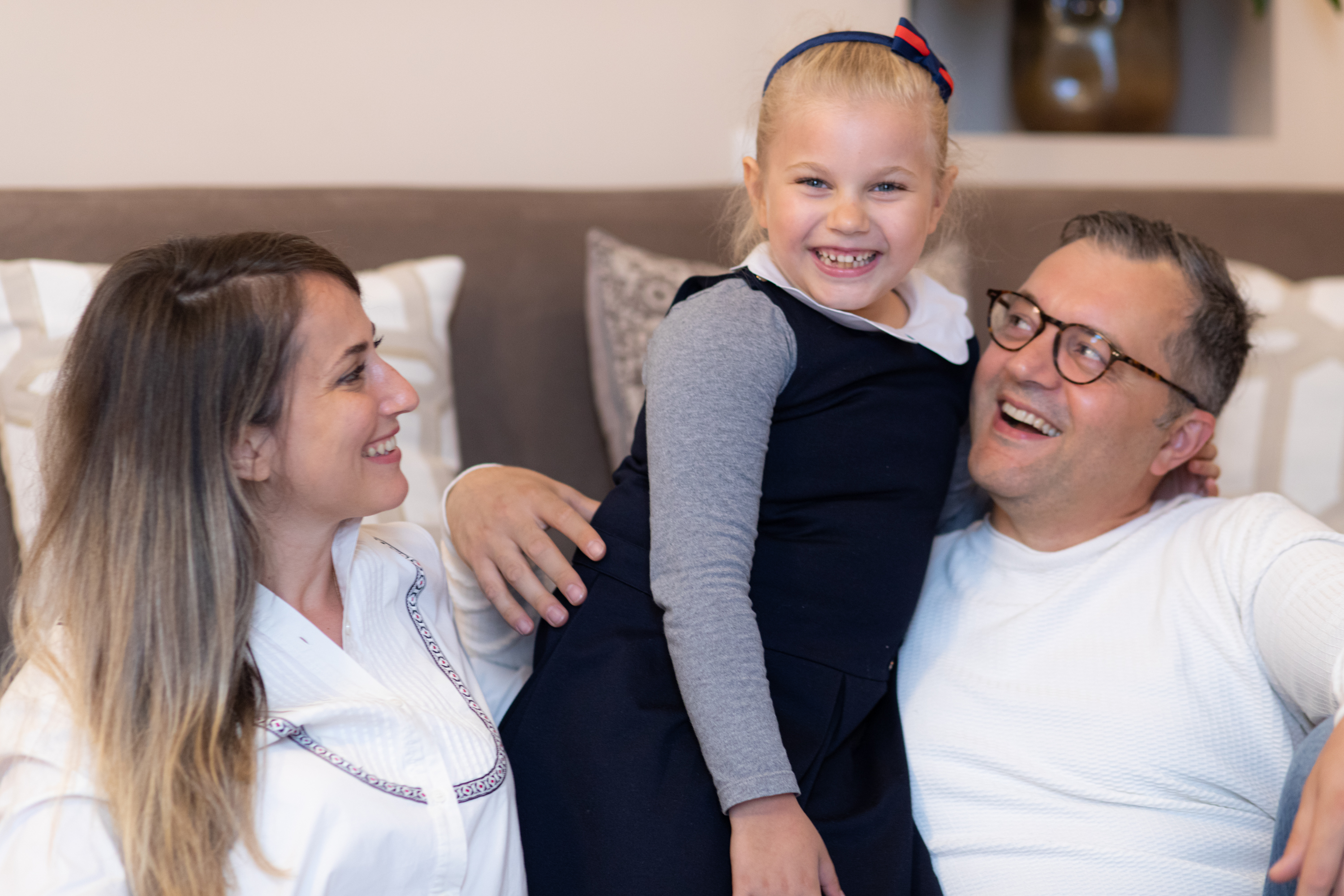
"FOR US, THE DAY OF DIAGNOSIS REPRESENTED A REBIRTH, A NEW STARTING POINT. HOPE WAS REKINDLED, WHICH WOULD SOON BE DOUBLED". 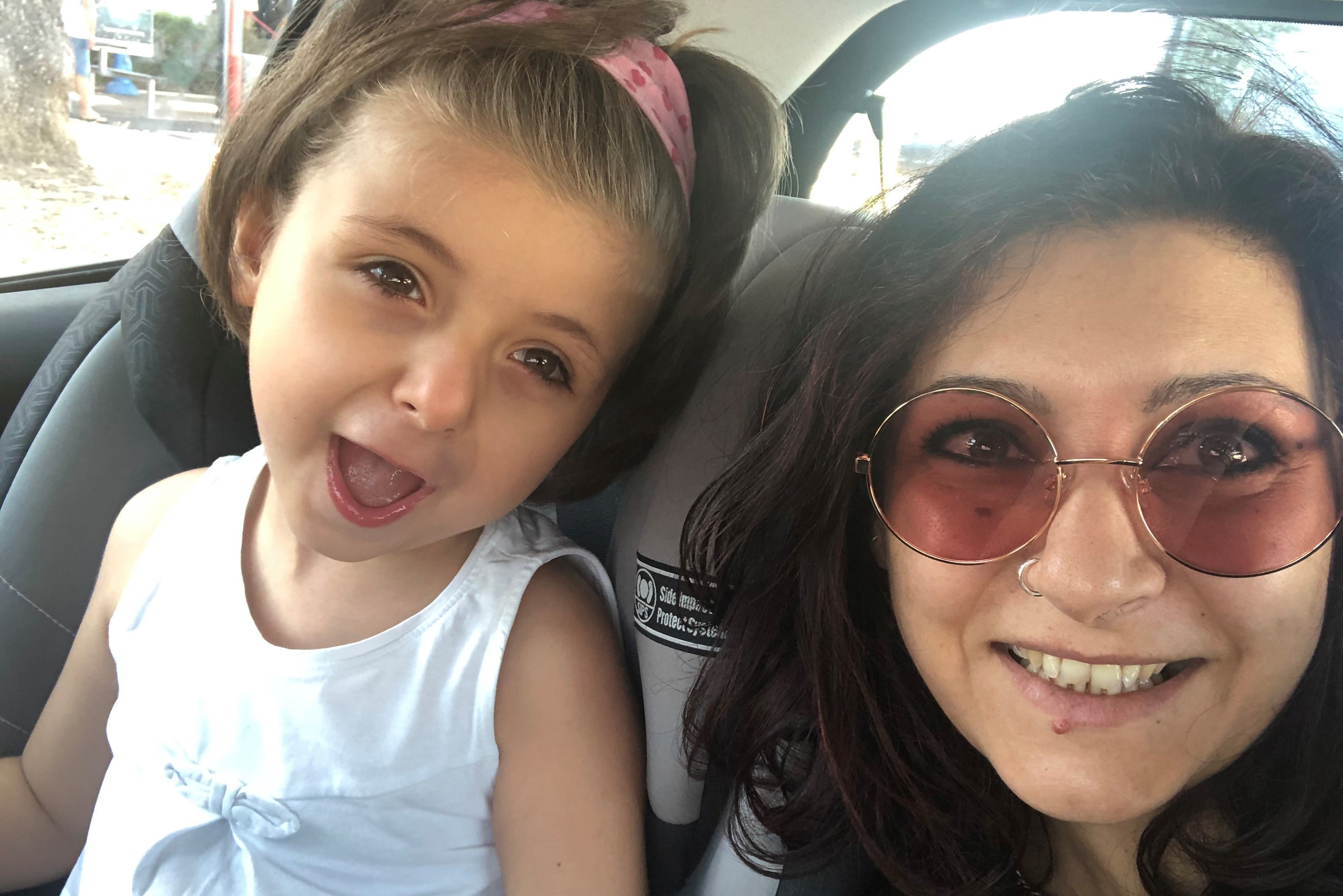
"THE MOMENT WHEN WE GOT THE DIAGNOSIS," SAYS ROBERTA, "WAS LIBERATING, BECAUSE AFTER WE HAD WRITTEN IT OFF, WE STARTED TO UNDERSTAND HOW TO BEHAVE." 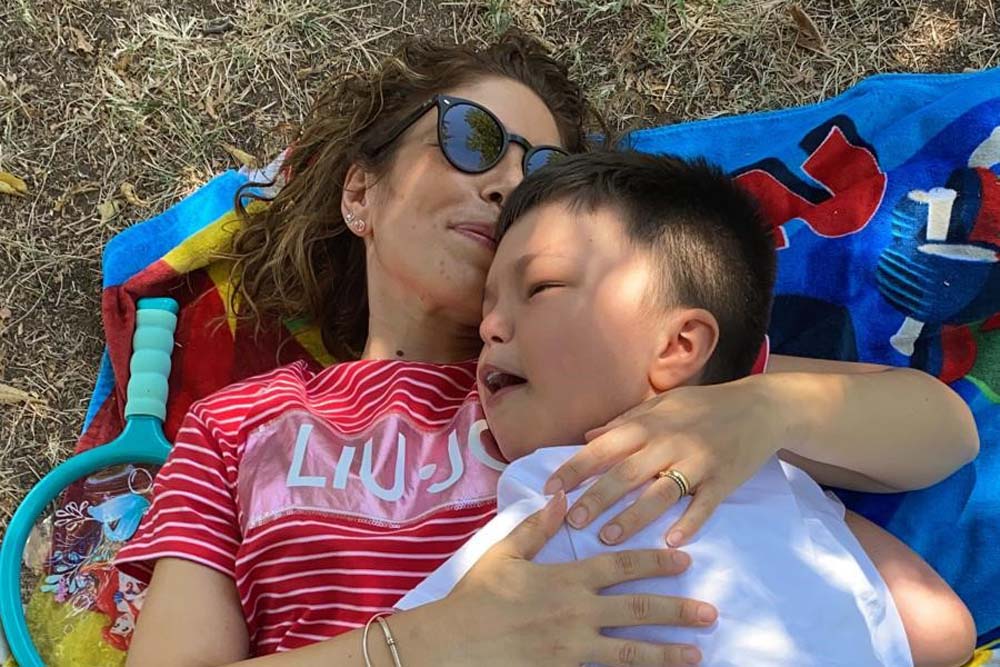
"BEING ABLE TO GIVE A NAME TO THE PROBLEM, HOWEVER, IS A BIG STEP FORWARD: NOT KNOWING DESTABILISES YOU, YOU NEVER KNOW WHAT WILL HAPPEN, WHETHER IT WAS YOU WHO TRANSMITTED THE DISEASE TO YOUR CHILD, WHAT YOU HAVE TO DO".
1 / 3
As of 2024, the TUDP Network involves 20 Italian paediatric hospitals:
- Policlinico Bari;
- Istituto Neurologico Carlo Besta (Milano);
- Policlinico Vittorio Emanuele (Catania);
- Istituto Giannina Gaslini (Genova);
- Ospedale Pediatrico Anna Meyer (Firenze);
- Ca' Granda Ospedale Maggiore Policlinico (Milano);
- Fondazione Monza e Brianza per il Bambino e la sua Mamma (Monza);
- Ospedale Sant'Anna (Como);
- Napoli Federico II;
- Associazione Oasi Maria Ss. Onlus (Troina );
- La Sapienza Università di Roma;
- Santobono Pausilipon (Napoli);
- Università Vanvitelli (Caserta);
- Università Cattolica del Sacro Cuore (Roma);
- Azienda USL-IRCCS di Reggio Emilia;
- Ospedale Salesi - Ospedali Riuniti Ancona;
- Azienda Ospedaliero - Universitaria di Ferrara;
- Ospedale Cardarelli (Napoli);
- IRCCS Eugenio Medea (Brindisi).
- Azienda sanitaria universitaria Friuli Centrale – Università di Udine
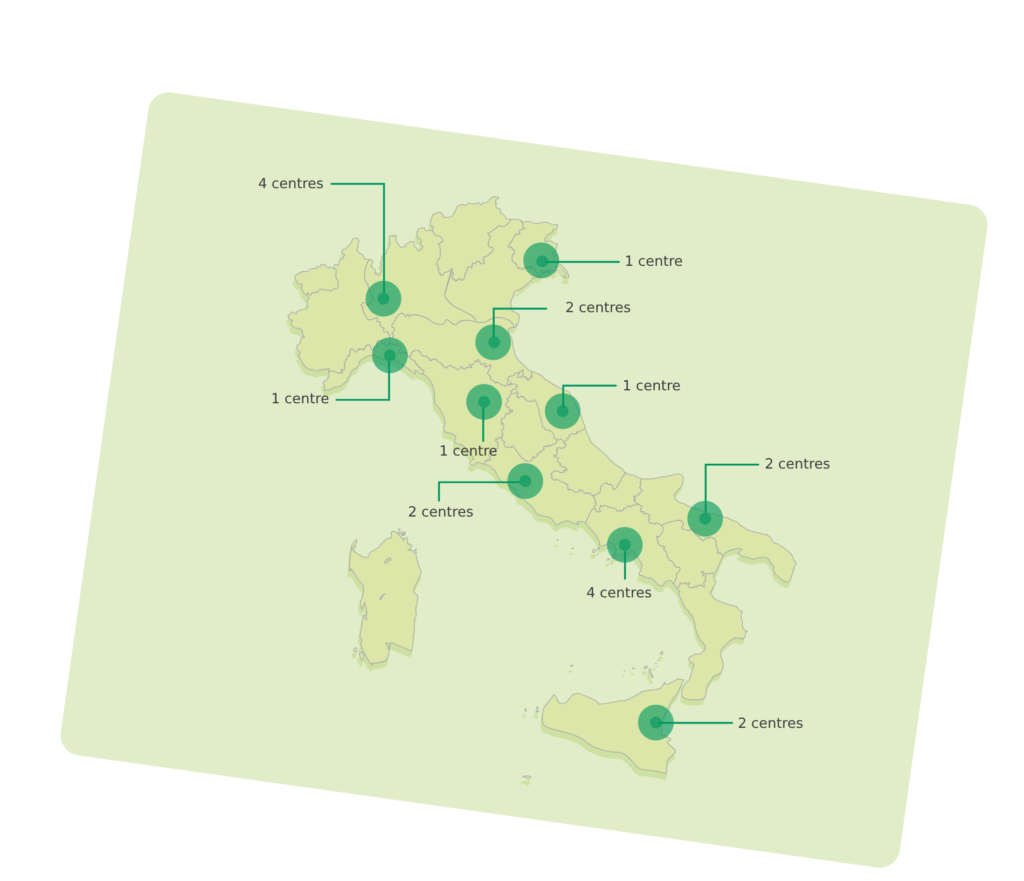
For any inquiries about the TUDP, send an email to: [email protected]